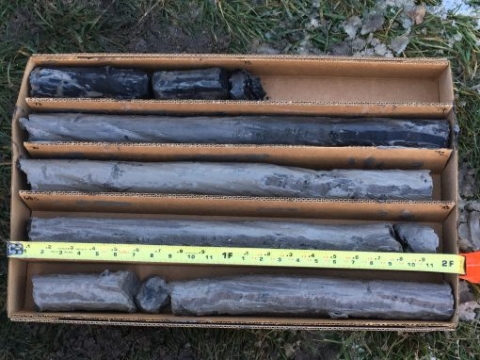You are here
Geothermal: Thermo-Hydraulic Properties of Glacial Tills (In Progress)
Recent Project Updates
-
5/15/2021https://fs.web.illinois.edu/Insider/2021/05/07/campus-connection/
Project Family
-
iSEE Campus as a Living Lab (CALL) Projects
- Adaptive Aluminum Tensegrity Structure as a Bike Parking Canopy
- Addressing Community Health Disparities from Hazardous Waste
- Agrivoltaics: Crop Production and Solar Panels on the Same Land
- City Traffic as a Reservoir System
- Creating Adaptable Autonomous Systems for Energy-Efficient Buildings
- Environment-Enhancing Food, Energy, and Water Systems
- Faculty/Staff Crowdsourced Community Program
- Geothermal: Thermo-Hydraulic Properties of Glacial Tills
- I-PLACES Living Laboratory
- Integrating Groundwater Resources and Geothermal Energy for Water-Energy Security and Resilience
- Student Mobility on and around the Illinois campus
- Testing Geopolymer Performance in a Geothermal Exchange System
- Thermochemical Batteries: Turning Waste Heat into an Energy Source
- Towards Zero Waste: Automated Waste Classification via Computer Vision
- Wind Turbine/Pavilion Integration for Electricity Generation
Associated Collections
Description
Background
Project Team
-
Project Leader:
Tugce Baser, Assistant Professor, Civil and Environmental EngineeringTeam Members:
- Co-PL: Roman Makhnenko, Assistant Professor, Civil and Environmental Engineering
- Co-PL: Andrew Stumpf, Geologist, Illinois State Geological Survey

